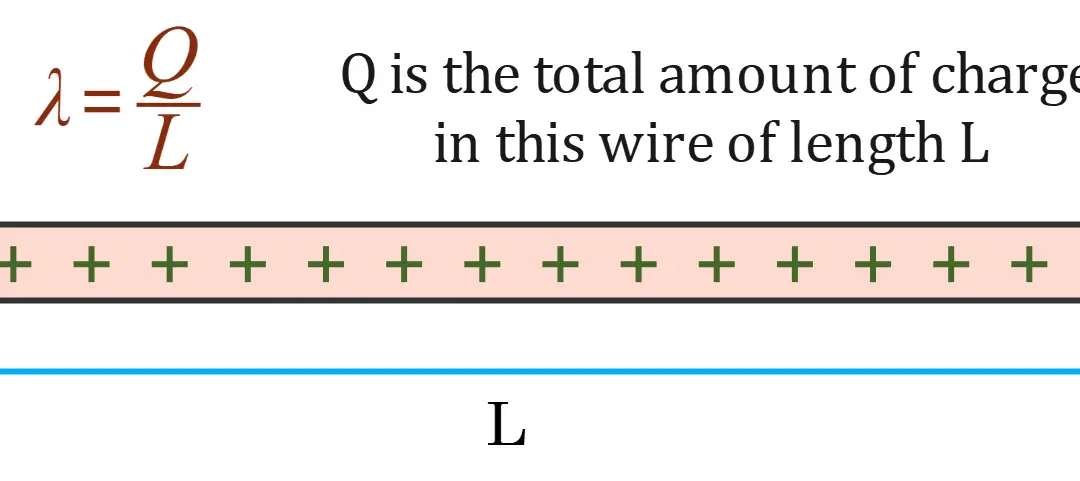In this article we will learn about the concept of frictional electricity in physics. We already know about the nature of electricity from our previous article. So we know that electricity is nothing but the movement of electric charges, primarily electrons, and the forces between them.
With this foundation, we now turn our attention to a specific phenomenon within the field and that is frictional electricity.
What is Frictional Electricity?
Frictional electricity is the accumulation of static electricity created by rubbing two different materials together. Rubbing transfers electrons from one material to another, resulting in a charge imbalance. Materials that lose electrons become positively charged, while those that absorb electrons become negatively charged. It is called frictional electricity because it is typically generated through friction.
For example, when you rub a balloon against your hair, electrons are transported from your hair to the balloon. This negatively charges the balloon and positively charges your hair. Holding the balloon near your hair will cause the strands to stand on edge.

Image source:- MikeRun, CC BY-SA 4.0, via Wikimedia Commons
What Type of Materials Generate Frictional Electricity
The materials that produce frictional electricity are usually insulators. This happens because insulators can hold charge on their surface, which leads to the buildup of static electricity when they are rubbed against another material. Conductors, on the other hand, allow electric charges to move freely through them, preventing the build-up of static electricity.
Frictional electricity examples
Here are some good examples of frictional electricity:
- Walking across a carpet and then touching a doorknob – The friction between your shoes and the carpet causes electrons to transfer from the carpet to your body. When you touch the metal doorknob those excess electrons discharge, causing a small static electricity shock.
- Rubbing a balloon on your hair – Rubbing the balloon causes electrons to transfer from your hair to the balloon’s surface. This leaves the balloon negatively charged and your hair positively charged. The balloon can then attract things because of static cling.
- Clothes clinging together in the drier – The heat and friction in a clothes drier causes electrons to transfer between garments. This leaves them statically charged and clinging to one another. Sometimes there are visible sparks when you pull clothes out. The moisture in the dry air leads to more charging.
- Static shock from getting out of a vehicle – Friction between your body and the seat causes electrons to transfer and leads to an imbalance. When you contact the metal door handle or step onto the ground, the electrons discharge rapidly causing an annoying zap. Using a grounding strap can help prevent this charge accumulation.
Is static electricity same as friction electricity?
While frictional electricity is the most common way to generate static, it’s not the only one. Both “static electricity” and “frictional electricity” refer to the same phenomenon: a buildup of electric charge on an object. However, there are subtle differences in meaning:
- Frictional electricity: Emphasizes the method of generation, which is rubbing two dissimilar materials together. This disrupts the electron distribution, transferring electrons from one material to the other, creating opposite charges on each object.
- Static electricity: Focuses on the characteristic of the charges, which are not flowing but remain stationary on the object’s surface. This can occur through various methods, not just friction.
Here are other ways to generate static electricity:
- Contact: Briefly touching two charged objects can transfer some charge, resulting in static electricity buildup.
- Induction: A charged object can induce an opposite charge on a nearby neutral object without physically touching it. This creates an attraction between them.
- Separation: Separating two previously charged objects can increase their charge separation, leading to a stronger static effect.
- Piezoelectricity: Certain materials generate electricity when compressed or stretched. This is used in devices like cigarette lighters and sensors.
Therefore, while frictional electricity is a common way to create static electricity, it’s not the sole method. Remember, the defining feature of static electricity is the presence of stationary charges, regardless of the generation method.
Conditions for Generating Static Electricity
When it comes to frictional electricity specifically, here are the key conditions to consider:
1. Material Disparity:
- Both materials involved in rubbing must have different electron affinities. This means one material must be more willing to “hold onto” electrons than the other. Common examples include:
- Polymer (insulator) against wool (conductor): Polymer loses electrons more readily, becoming negatively charged. Wool gains electrons, becoming positively charged.
- Glass (insulator) against silk (conductor): Similar principle as above, with glass losing and silk gaining electrons.
2. Friction:
- This is the action that initiates the electron transfer. The rubbing process physically disrupts the electron distribution at the contact points between the materials, leading to the transfer mentioned above. The roughness and surface area of the materials can also influence the efficiency of this transfer.
3. Insulation:
- At least one of the materials must be an insulator to hold onto the transferred electrons. As mentioned earlier, conductors would allow the charges to flow freely, preventing static buildup.
Additional points:
- Force: The amount of force applied during rubbing can affect the charge transfer and intensity of the static effect.
- Environmental factors: As mentioned earlier, humidity and temperature can still play a role, impacting how long the charges remain separated.
Remember, these conditions are specific to frictional electricity. Other methods of generating static, like contact or induction, have different requirements and factors at play.







